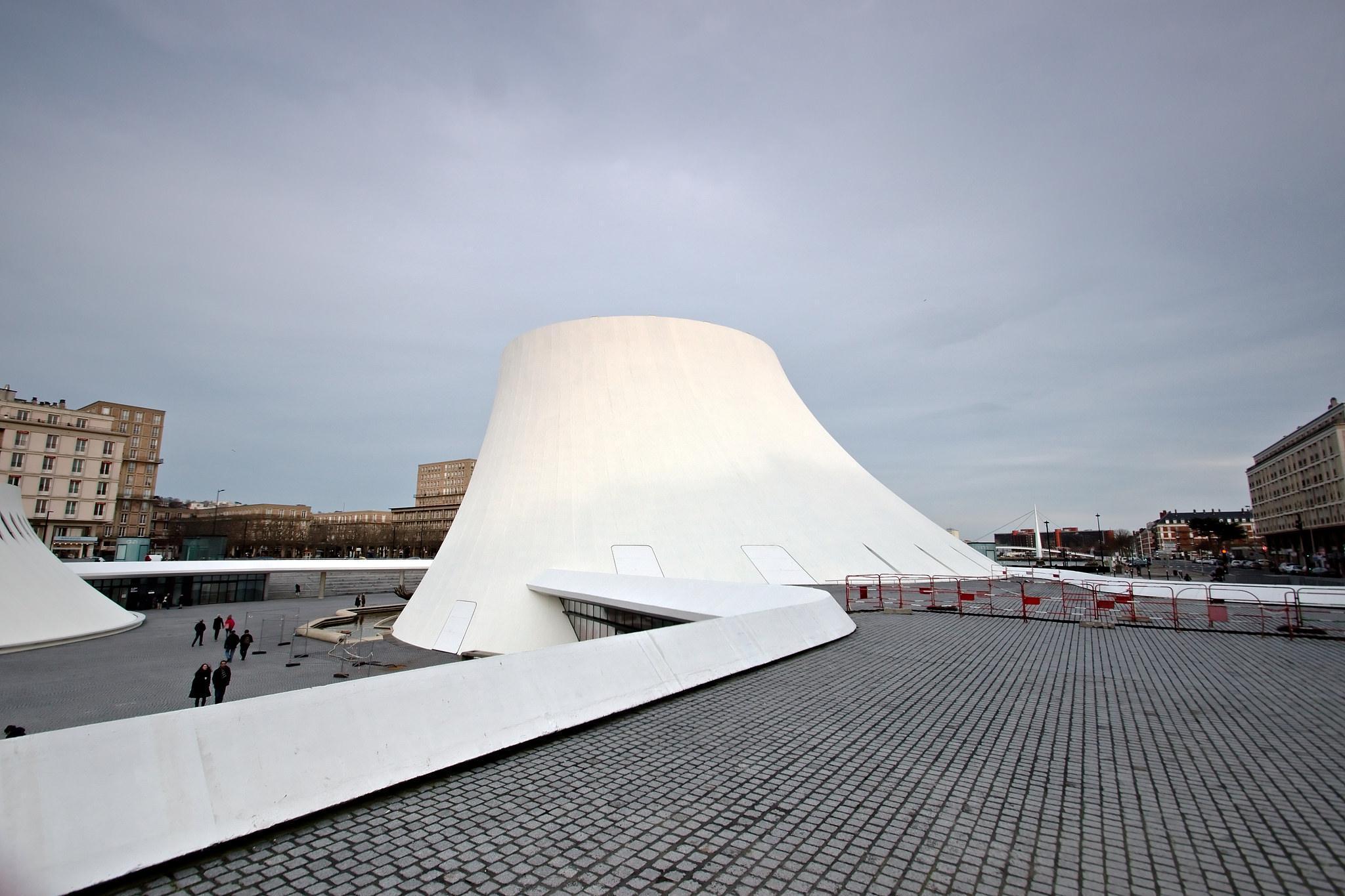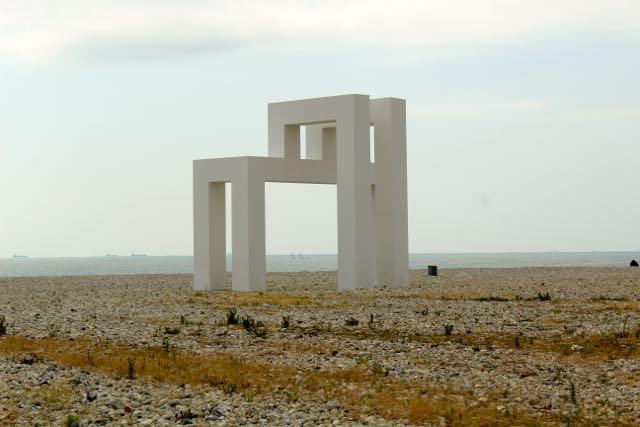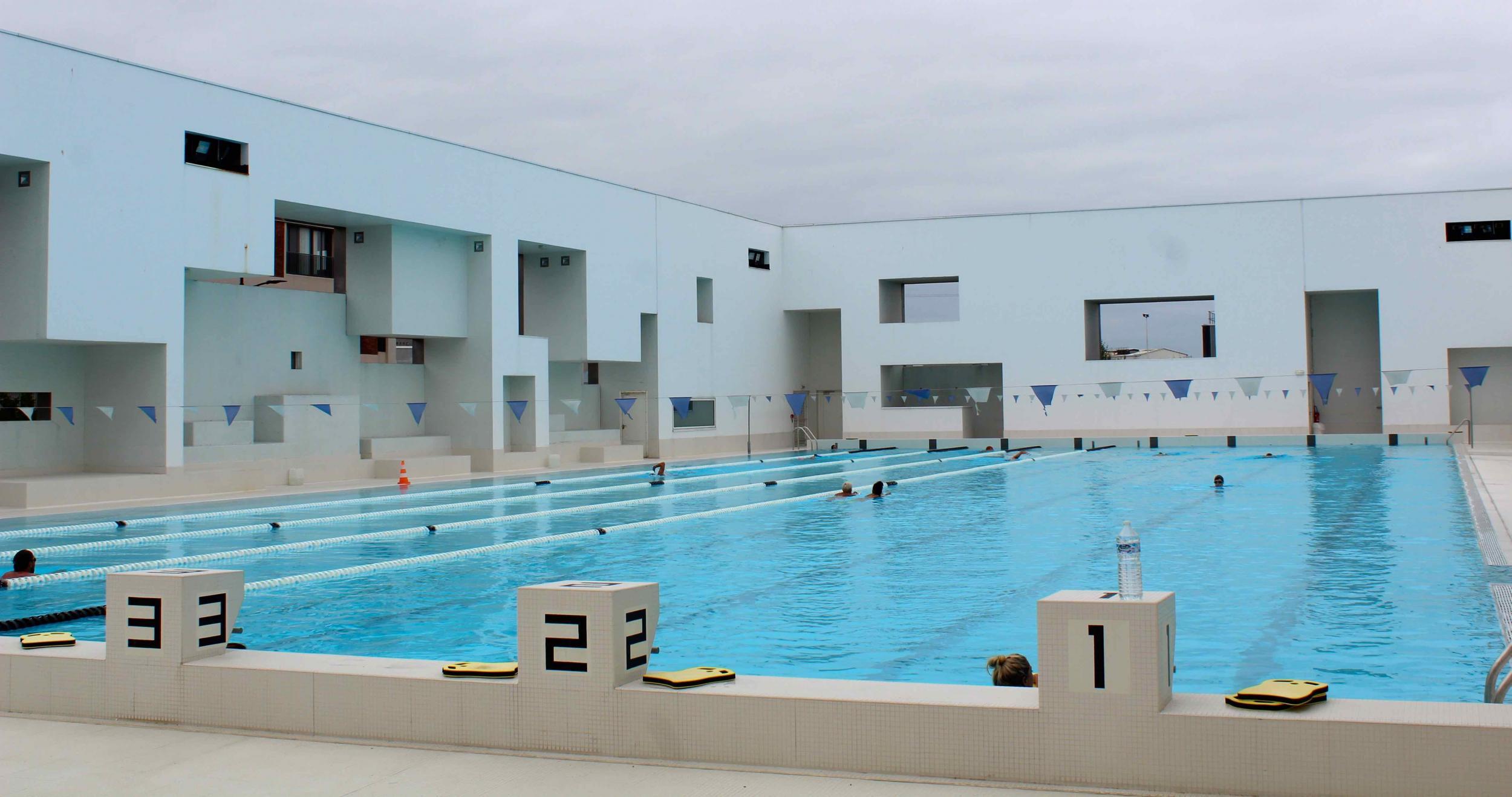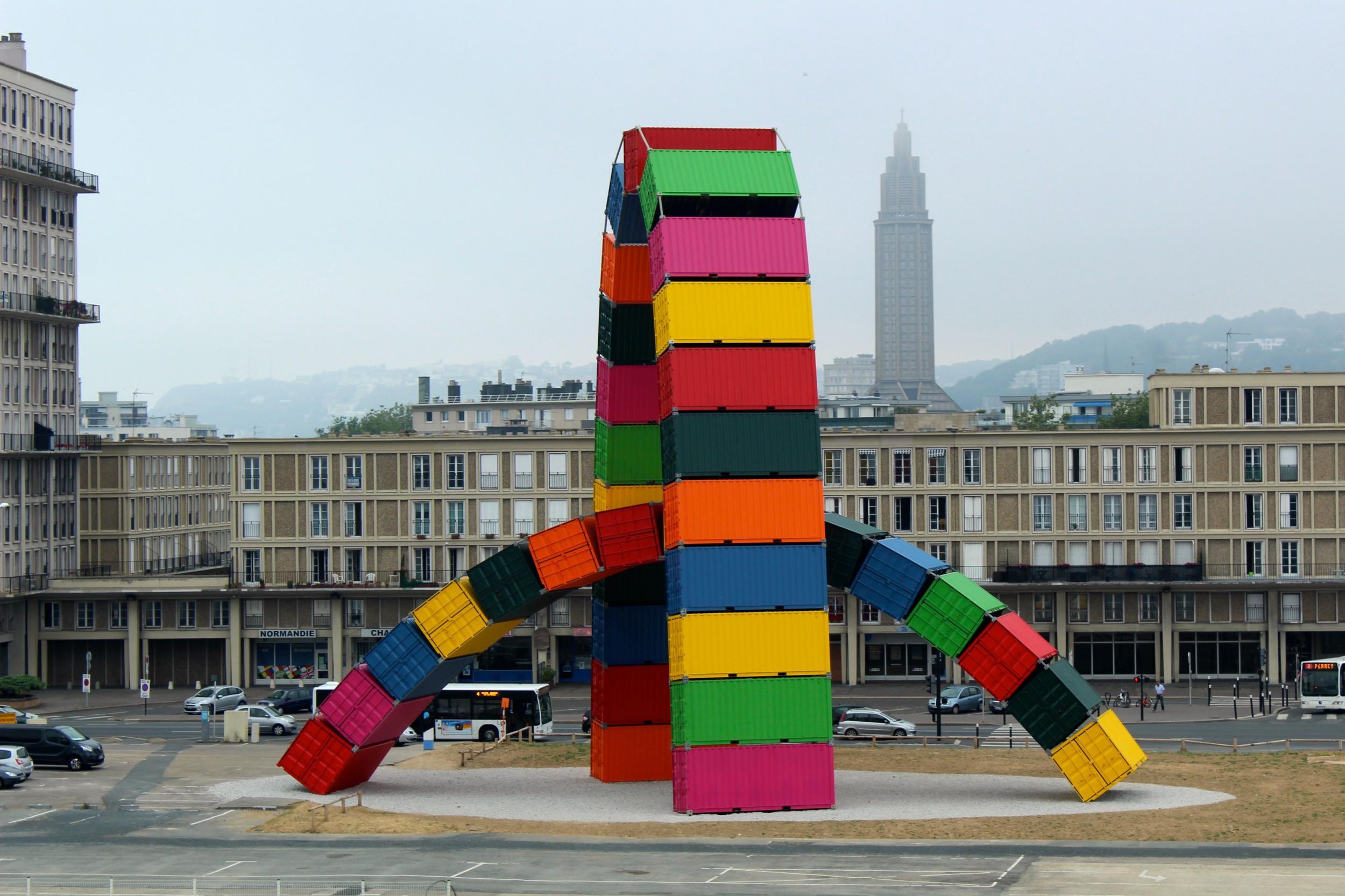The Independent's journalism is supported by our readers. When you purchase through links on our site, we may earn commission.
How Le Havre went from laughing stock to hipster heaven
Le Havre’s modern architecture used to be a laughing stock in France, says Ronan J O’Shea. But now the boot is on the other foot

Your support helps us to tell the story
From reproductive rights to climate change to Big Tech, The Independent is on the ground when the story is developing. Whether it's investigating the financials of Elon Musk's pro-Trump PAC or producing our latest documentary, 'The A Word', which shines a light on the American women fighting for reproductive rights, we know how important it is to parse out the facts from the messaging.
At such a critical moment in US history, we need reporters on the ground. Your donation allows us to keep sending journalists to speak to both sides of the story.
The Independent is trusted by Americans across the entire political spectrum. And unlike many other quality news outlets, we choose not to lock Americans out of our reporting and analysis with paywalls. We believe quality journalism should be available to everyone, paid for by those who can afford it.
Your support makes all the difference.Despite celebrating its 500th anniversary in 2017, Le Havre remains under the radar of most UK travellers, though it seems unlikely that will remain the case for much longer.
The northern port city was granted Unesco world heritage site status in 2005 for its unique, concrete-heavy architecture, designed by architect Auguste Perret, who was tasked with rebuilding a city flattened by bombs at the end of WWII.
Perret’s work was initially greeted with disdain from locals who balked at his designs, constructed in a period characterised by extreme austerity. In recent years, however, it has gained recognition – both for its unique nature and Perret’s understated flair for working with cheap materials and using what was available to him.
Amid the buildings, you’ll find subtle differences in the stonework and windows designed to maximise light. Perret’s talent for recycling is evidenced at St Joseph’s Church, where seats from a bombed-out cinema make up the pews. The emblematic town hall with its sea of French flags and domineering tower stands out in the centre of town.

Perret isn’t the only architect to have redrawn Le Havre. Oscar Niemeyer designed Le Volcan – a hulking, volcano-shaped cultural centre in the city centre (locals call it “the yoghurt pot”). It reopened in 2015 after a facelift and has regular events in its two auditoriums. MuMA is the city’s contemporary art museum, a glass-walled building perched on the beach. Inside, Monets, Manets and Renoirs jostle for attention with the views out to sea.
It’s only in the hilly suburbs that I find a few examples of Le Havre’s original architecture: houses with brightly coloured doors and arched windows, and the 19th-century Chapel Notre-Dame des Flots towering above the city.
But while Perret’s work may have helped the city get the nod from Unesco, it’s away from the city’s feted concrete facades that I find a different Le Havre – one with a lively bar and cafe scene, and a smattering of excellent restaurants. Bistrot Grenadine is more indie-rock, tattoos and craft beer than 1950s architecture. On the beach, Saison 2 is a laidback, international place, more burgers and fries than moules et frites. Back in town, Le Chat Bleu promises “jazz and friendship” over dinner, and delivers on both fronts – impressive, since I’m on my own and usually hate jazz.
There’s shopping that any self-respecting hipster would enjoy, too – en route to Le Volcan, I find Kilo Shop, a pay-per-kilo vintage store selling everything from hi-vis 1980s Adidas tracksuits to flapper-style cloche hats, and LoHo, specialising in trendy Le Havre souvenirs.

And then there’s Les Bains des Docks, Le Havre’s “aquatic centre” – and a work of art in itself. Opened in 2008 and designed by Jean Nouvel, its modernist, blocky buildings – mid-century meets Mykonos – have 12 pools, Jacuzzis and saunas between them, as well as a balneotherapy spa. It was, says Nouvel, inspired by ancient Roman baths – the idea of ritual, the ability to visit all year round, and the use of it as a meeting space as well as a work-out area – and is worth the £4.30 ticket price for its looks alone.
Fascinating architecture, good shopping and a design-led swimming pool. It’s not the weekend break I thought it would be. After decades of being considered a sight for sore eyes Le Havre has suddenly hit its stride. And it hasn’t half adjusted well.

Travel essentials
Getting there
Brittany Ferries go from Portsmouth to Le Havre from £60 return for foot passengers, or £238 return for a car and two passengers. We travelled with Aferry.
Staying there
Hotel Oscar has doubles from £44, B&B.
More information
Join our commenting forum
Join thought-provoking conversations, follow other Independent readers and see their replies
Comments